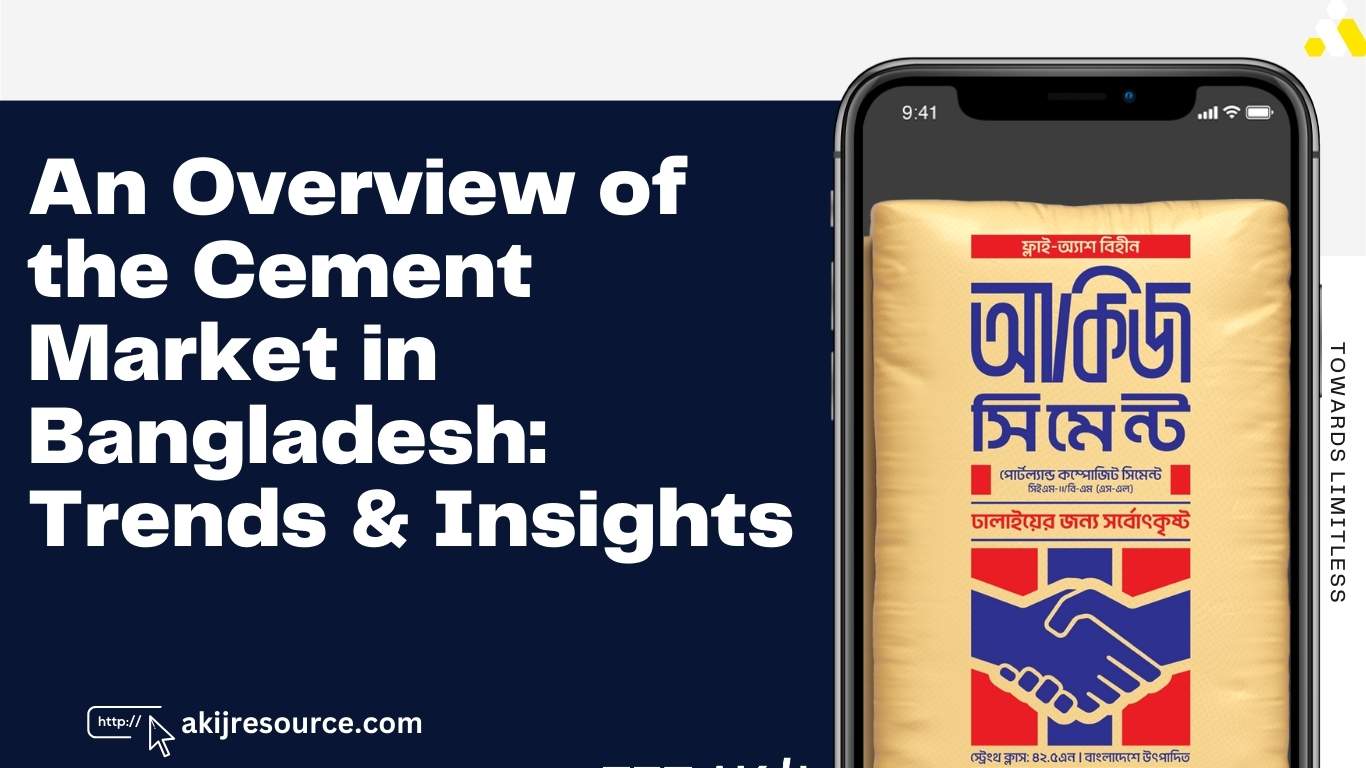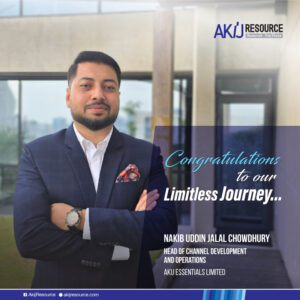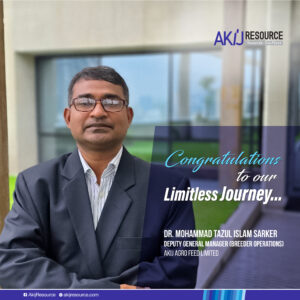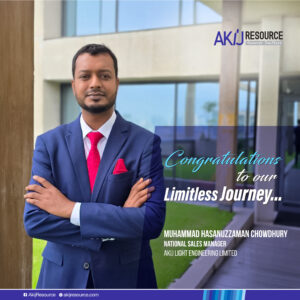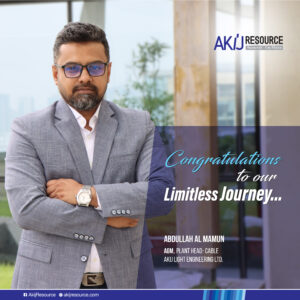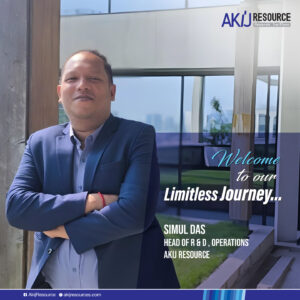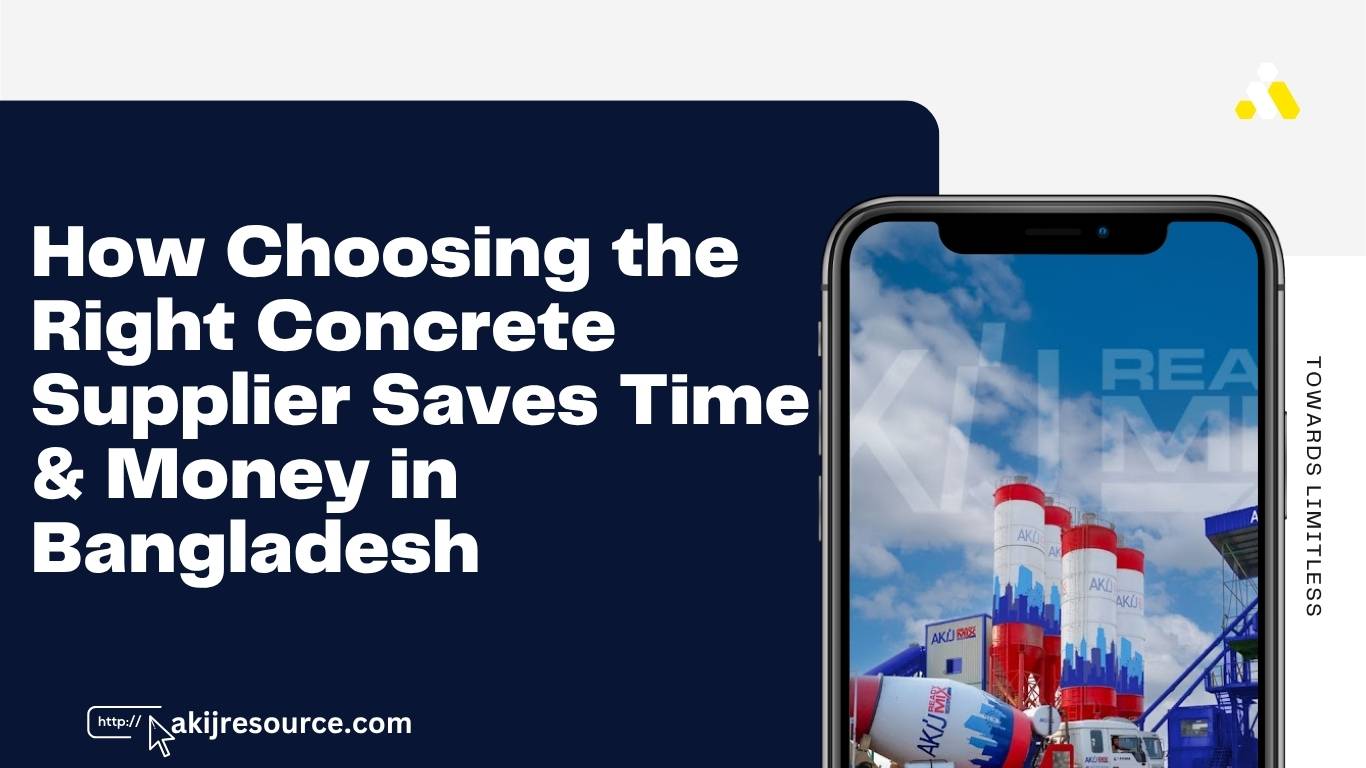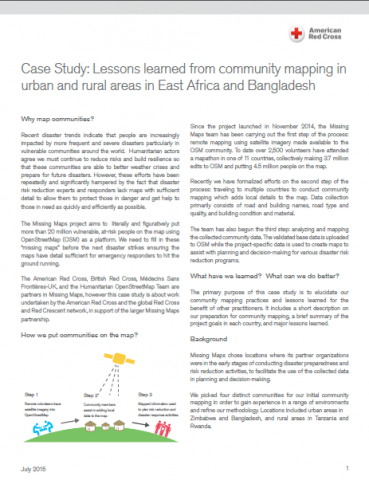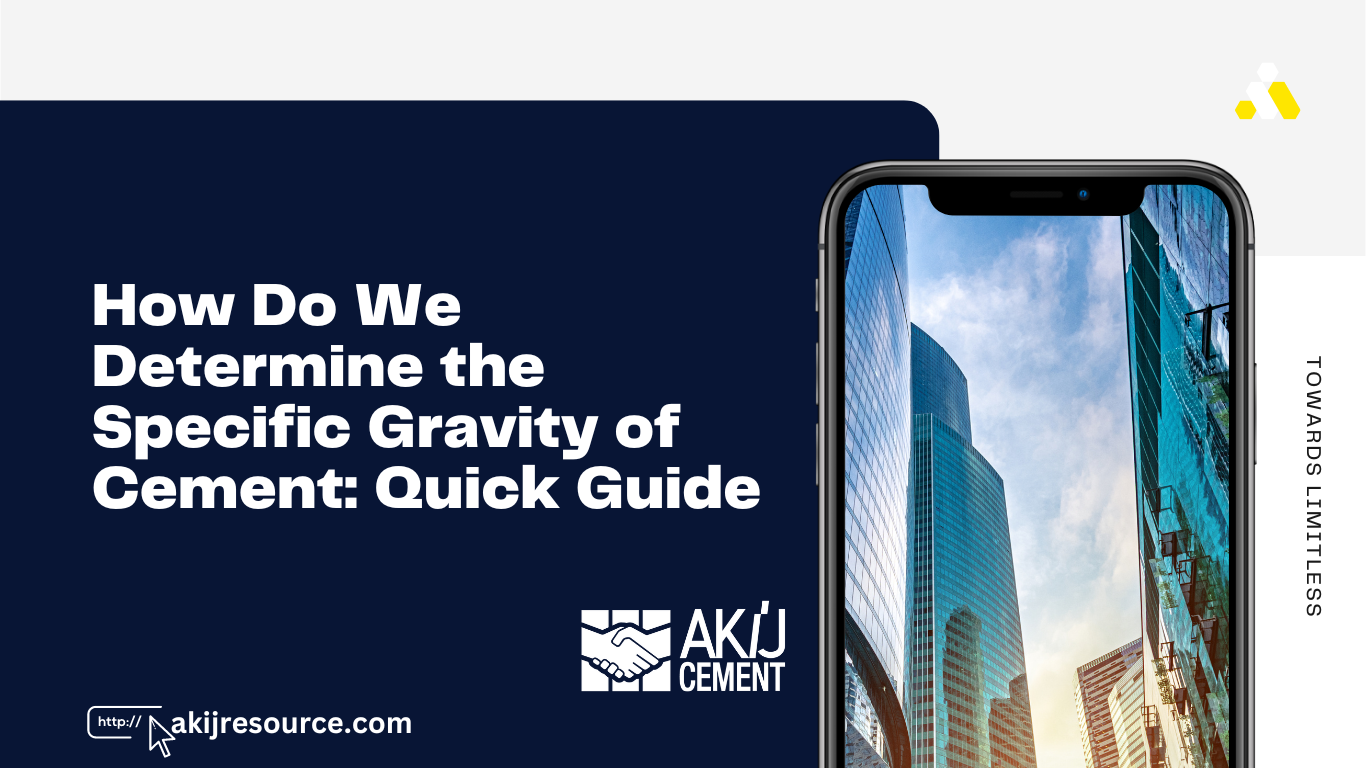The cement market in Bangladesh is witnessing rapid growth driven by urbanization and infrastructure development. Key players are expanding capacity to meet rising demand.
The cement industry in Bangladesh is booming due to significant urban expansion and major infrastructure projects. The government’s focus on large-scale infrastructure developments like bridges, highways, and housing projects is fueling this growth. Local manufacturers are enhancing their production capabilities to meet the increasing demand.
Additionally, foreign investments are entering the market, contributing to competitive pricing and quality improvements. The cement sector’s growth trajectory indicates a promising future, making it a vital component of Bangladesh’s economic landscape. Continuous advancements and strategic investments are set to sustain this upward trend, providing ample opportunities for stakeholders.
Current Market Landscape
The cement market in Bangladesh is undergoing rapid growth. This market landscape showcases a thriving industry marked by significant players, increasing demand, and strategic developments. Understanding the current market landscape helps stakeholders to navigate the competitive terrain and capitalize on opportunities.
Key Players
Several key players dominate Bangladesh’s cement industry. These companies drive market trends and shape the competitive landscape. Leading the pack is LafargeHolcim Bangladesh Ltd., known for its high-quality cement products. Another giant dominator in the market is AKIJ Cement, which is highly competitive due to the presence of more than 30 local and multinational companies, including AKIJ Cement.
Here are some of the key players in the Bangladesh cement market:
- AKIJ Cement Limited
- LafargeHolcim Bangladesh Ltd.
- HeidelbergCement Bangladesh Ltd.
- Bashundhara Group
- M.I. Cement Factory Ltd. (Crown Cement)
These companies have established a robust presence through extensive distribution networks and strategic marketing. They also invest heavily in technology to improve production efficiency. The competitive nature of the market encourages continuous innovation and quality improvement.
Market Size
The cement market in Bangladesh has seen robust growth in recent years. Its size is estimated at over 35 million metric tons annually. The booming construction sector and infrastructure projects drive this growth, and urbanization and industrialization are key contributors.
- Annual Growth Rate: 12%
- Total Production Capacity: 40 million metric tons
- Domestic Consumption: 33 million metric tons
The government’s focus on infrastructure development positively impacts market demand. Projects such as the Padma Bridge and Dhaka Metro Rail are major drivers. Rural development programs also contribute to market expansion.
| Metric | Value |
|---|---|
| Annual Growth Rate | 12% |
| Total Production Capacity | 40 million metric tons |
| Domestic Consumption | 33 million metric tons |
Bangladesh’s cement market is poised for continued growth. Strong demand, key players, and strategic projects drive this momentum.
Growth Drivers
The cement market in Bangladesh is experiencing a significant boom. This growth can be attributed to several key drivers. Understanding these growth drivers is crucial for stakeholders, investors, and policymakers. This section delves into the primary factors propelling the cement market’s expansion.
Infrastructure Development
Infrastructure development is a primary catalyst for the cement market’s growth. Bangladesh has embarked on several ambitious infrastructure projects, which require vast amounts of cement.
The Padma Bridge project stands out as a monumental endeavor. This bridge connects the southwest region to the rest of the country. It’s a critical infrastructure project that demands a substantial cement supply.
Another significant project is the Dhaka Metro Rail. This urban transportation project aims to ease traffic congestion in the capital. It also requires a vast quantity of cement for construction.
Here are some other notable infrastructure projects:
- Rooppur Nuclear Power Plant
- Rampal Power Plant
- Payra Port
These projects highlight the increasing demand for cement. The government’s focus on improving infrastructure directly impacts the cement market.
Below is a table showcasing some ongoing infrastructure projects and their cement requirements:
| Project Name | Cement Requirement (in tons) |
|---|---|
| Padma Bridge | 1,500,000 |
| Dhaka Metro Rail | 800,000 |
| Rooppur Nuclear Power Plant | 900,000 |
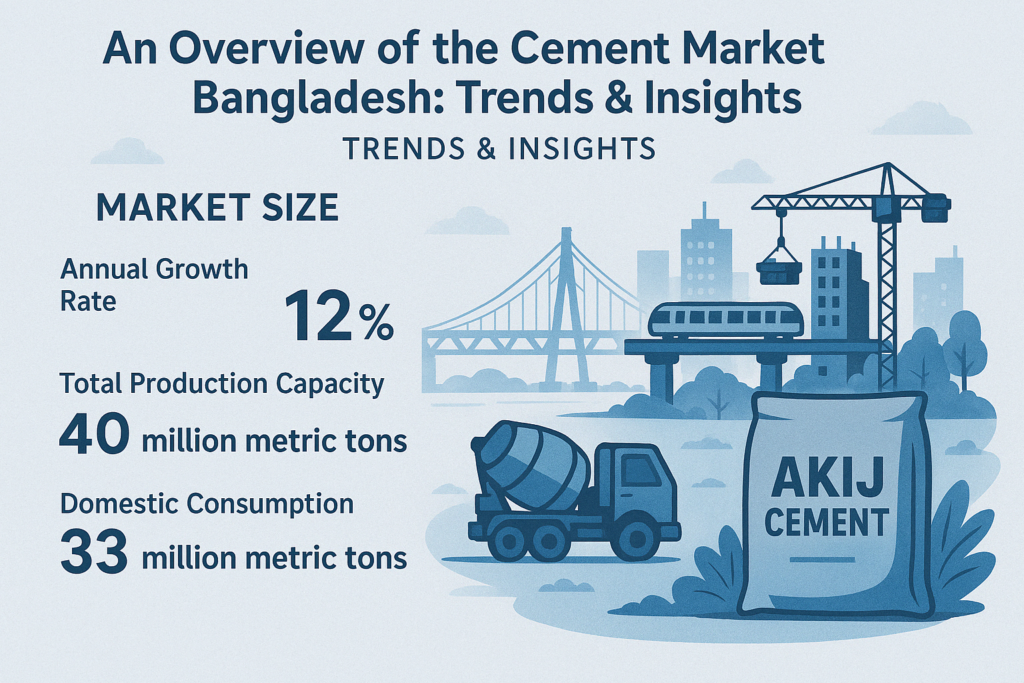
Urbanization Trends
Urbanization trends significantly influence the cement market. Bangladesh’s urban population is rapidly increasing. This surge creates a heightened demand for housing and commercial buildings.
Dhaka, the capital city, is expanding at an unprecedented rate. It requires new residential buildings, shopping malls, and office spaces, all of which require a large amount of cement.
Urbanization is not limited to Dhaka. Other cities like Chittagong and Khulna are also experiencing rapid growth. These cities are witnessing a construction boom, which further drives the demand for cement.
Some key factors driving urbanization trends include:
- Rural-to-urban migration
- Improved job opportunities in urban areas
- Better living standards in cities
These urbanization trends create a positive outlook for the cement market. The construction of new infrastructure and housing projects will continue to fuel market growth.
Below is a list of urbanization-driven projects:
- High-rise residential buildings
- Commercial complexes
- Shopping malls
These projects highlight the cement market’s growth opportunities due to urbanization.
Challenges Faced
The cement market in Bangladesh has been proliferating. This growth brings several challenges that stakeholders must navigate. Understanding these challenges can help formulate strategies to mitigate them. Two main challenges are raw material supply and regulatory hurdles.
Raw Material Supply
The supply of raw materials is a critical challenge for the cement industry in Bangladesh. Raw materials such as limestone, clay, and gypsum are essential. Yet, the country lacks adequate local sources. This scarcity forces companies to import these materials, leading to increased costs.
Dependence on imports can be problematic. Any disruption in the global supply chain affects production. Political unrest in exporting countries can halt shipments, resulting in significant production delays.
Additionally, fluctuating prices of imported raw materials add to the cost burden. The table below shows how price volatility impacts the cement industry:
| Year | Limestone Price (per ton) | Gypsum Price (per ton) | Clay Price (per ton) |
|---|---|---|---|
| 2020 | $50 | $30 | $20 |
| 2021 | $55 | $32 | $22 |
| 2022 | $60 | $35 | $25 |
Logistical issues also complicate raw material supply. The country’s infrastructure is underdeveloped, and poor road conditions and congested ports delay shipments, further increasing operational costs.
To address these challenges, companies need to diversify their supply sources. Investing in local material exploration can also provide long-term benefits.
Regulatory Hurdles
Regulatory hurdles present another significant challenge. The cement industry in Bangladesh is heavily regulated. Companies must comply with numerous laws and guidelines. These regulations often change, making compliance difficult.
Obtaining necessary permits and licenses is a lengthy process. The bureaucratic red tape slows down project implementation. This delay affects the overall growth and expansion of the industry.
Environmental regulations are particularly stringent. Companies must adhere to emissions, waste management, and resource use guidelines. While these regulations are essential for sustainability, they increase operational costs.
Here is a brief overview of the key regulatory requirements:
| Regulation | Requirement |
|---|---|
| Emission Standards | Limit on CO2 and other pollutants |
| Waste Management | Proper disposal and recycling of waste |
| Resource Use | Efficient use of water and energy |
Frequent changes in tax policies also pose a challenge. Companies must constantly adapt to new tax rates and regulations. This affects their financial planning and budgeting.
Companies should engage with regulatory bodies to navigate these hurdles. Building a robust compliance team can also help. Staying updated with regulatory changes is crucial for long-term success.
Technological Innovations
The cement market in Bangladesh is proliferating and is driven by urbanization and infrastructure development. One key factor in this growth is technological innovation. Technological advances are transforming cement production, making it more efficient and sustainable. This section explores these technological innovations, focusing on production techniques and sustainability efforts.
Production Techniques
New production techniques are revolutionizing the cement industry in Bangladesh. These techniques improve efficiency and reduce costs.
- Dry Process: The dry process is more efficient than the traditional wet process. It uses less water and energy, making it cost-effective.
- Automated Systems: Modern cement plants use automated systems for mixing, grinding, and packaging, which ensure consistency and quality.
- Vertical Roller Mills: These mills are replacing traditional ball mills. They are more efficient and produce finer cement particles.
A comparison of traditional and modern techniques:
| Traditional Techniques | Modern Techniques |
|---|---|
| Wet Process | Dry Process |
| Manual Operations | Automated Systems |
| Ball Mills | Vertical Roller Mills |
These innovations are boosting production capacity and quality. They also help reduce operational costs, making the industry more competitive.
Sustainability Efforts
Sustainability is a major focus in Bangladesh’s cement industry. Companies are adopting green technologies to minimize their environmental impact.
- Alternative Fuels: Using alternative fuels like biomass and waste materials reduces reliance on fossil fuels.
- Energy Efficiency: Energy-efficient equipment and processes lower energy consumption, reducing greenhouse gas emissions.
- Waste Management: Recycling industrial waste in cement production reduces landfill waste and conserves natural resources.
Examples of sustainability efforts in the industry:
| Initiative | Impact |
|---|---|
| Alternative Fuels | Reduced fossil fuel use |
| Energy Efficiency | Lower energy consumption |
| Waste Management | Less landfill waste |
These efforts are essential for the industry’s long-term viability. They help protect the environment while ensuring sustainable growth.
Consumer Preferences
The cement market in Bangladesh has seen significant growth over the past few years. With numerous construction projects and increasing urbanization, the demand for cement has surged. Consumers in Bangladesh have unique preferences that drive their purchasing decisions in the cement market. Understanding these preferences is essential for businesses aiming to capture market share.
Quality Vs. Price
Consumers in Bangladesh often weigh quality against price when choosing cement. High-quality cement ensures durability and strength, which is crucial for long-term construction projects. Yet, price remains a critical factor due to budget constraints. This balance between quality and cost can be seen in consumer behavior.
- High-end Projects: For large infrastructure projects, quality takes precedence over price. Contractors and builders prefer branded, high-quality cement to ensure the longevity and safety of the structures.
- Residential Projects: In smaller residential projects, consumers often seek a balance. They look for cement that offers good quality at a reasonable price.
- Bulk Purchases: Consumers tend to negotiate for better prices when purchasing in bulk. They are willing to compromise slightly on quality to reduce costs.
Here is a quick comparison:
| Project Type | Quality Preference | Price Sensitivity |
|---|---|---|
| High-end Infrastructure | High | Low |
| Residential Buildings | Medium | Medium |
| Bulk Purchases | Variable | High |
In summary, the balance between quality and price significantly influences consumer choices in the Bangladesh cement market.
Brand Loyalty
Brand loyalty plays a significant role in Bangladesh’s cement market. Many consumers prefer sticking to well-known brands due to the perceived reliability and trust.
Key factors influencing brand loyalty:
- Reliability: Consumers trust established brands because they are known for consistent quality.
- Reputation: Well-known brands have built a reputation over the years. This reputation impacts consumer choices.
- Marketing: Effective marketing campaigns reinforce brand loyalty. Regular advertisements and promotions keep the brand in the consumer’s mind.
Brand loyalty can be seen in both individual consumers and large construction companies:
- Individual Consumers: They often choose brands recommended by friends and family.
- Construction Companies: Companies prefer brands with which they have had positive experiences in the past.
Consumer loyalty to certain brands creates a competitive edge and ensures a steady demand for them in the market.
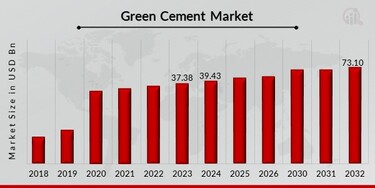
Regional Insights
The cement market in Bangladesh is evolving rapidly, driven by urbanization, infrastructure development, and regional disparities. Understanding the regional insights is crucial for stakeholders to identify growth opportunities and tailor their strategies effectively. This section delves into the urban vs. rural markets and regional demand variations to provide a comprehensive overview of the cement market dynamics in Bangladesh.
Urban Vs. Rural Markets
Due to continuous construction activities, Bangladesh’s urban markets exhibit a high demand for cement. Cities like Dhaka and Chittagong are hubs of commercial and residential projects. The urban population’s increasing purchasing power fuels the growth of high-rise buildings and modern infrastructure.
Conversely, the rural markets showcase a different trend. Small-scale construction projects, such as individual houses and community buildings drive the demand for cement in these areas. Rural regions prioritize cost-effective solutions, making price a significant factor in purchasing decisions.
Here’s a comparative table highlighting key differences:
| Aspect | Urban Markets | Rural Markets |
|---|---|---|
| Demand Drivers | Commercial and residential projects | Individual houses, community buildings |
| Construction Type | High-rise buildings, modern infrastructure | Small-scale constructions |
| Price Sensitivity | Moderate | High |
Due to advanced construction techniques, urban markets also consume more specialized cement types, such as ready-mix concrete and blended cement. Rural markets, on the other hand, rely more on ordinary Portland cement.
Regional Demand Variations
Regional demand variations in Bangladesh stem from differences in development levels, economic activities, and geographic conditions. The western regions, such as Rajshahi and Khulna, experience moderate growth in cement demand due to their slower pace of urbanization and fewer industrial projects.
In contrast, the eastern regions, including Dhaka and Sylhet, show higher demand. These areas are economic hotspots with numerous ongoing and planned infrastructure projects. The government’s focus on developing the Padma Bridge and Dhaka Metro Rail significantly boosts cement consumption in these regions.
Below is a summary of regional demand variations:
- Western Regions: Moderate growth, fewer industrial projects
- Eastern Regions: High growth, numerous infrastructure projects
- Northern Regions: Steady demand, driven by agricultural developments
- Southern Regions: Increasing demand due to coastal development initiatives
Western regions primarily use cement for agricultural infrastructure, while eastern regions focus on urban development. This creates a diverse market landscape where regional preferences and needs dictate cement consumption patterns.
Future Projections
The cement market in Bangladesh is growing fast. Rapid urbanization, new infrastructure projects, and a booming construction sector drive this growth. In this section, we will examine future projections to understand where the market is heading. We will also cover market forecasts and emerging trends shaping this dynamic industry.
Market Forecast

The cement market in Bangladesh is expected to continue its upward trajectory. Experts predict a compound annual growth rate (CAGR) of 5% over the next five years. This growth is largely due to several key factors:
- Government investment in infrastructure projects
- Rise in private-sector construction
- Expansion of urban areas
According to a recent report, the total cement production in Bangladesh is expected to reach 50 million metric tons by 2025. Below is a table summarizing the projected production growth:
| Year | Projected Production (Million Metric Tons) |
|---|---|
| 2021 | 40 |
| 2022 | 42 |
| 2023 | 44 |
| 2024 | 47 |
| 2025 | 50 |
New cement plants and the expansion of existing ones will support this growth. Both local and international companies are investing heavily in this sector. The demand for cement is also expected to rise due to residential, commercial, and industrial building construction.
Emerging Trends
Several emerging trends are shaping the future of the cement market in Bangladesh. Sustainability and innovation are at the forefront. Companies are adopting new technologies to produce eco-friendly cement. Key trends include:
- Use of alternative raw materials
- Energy-efficient production processes
- Recycling of industrial waste
Green cement is gaining popularity. This type of cement reduces carbon emissions and is better for the environment. Many companies are investing in research and development to produce green cement.
Another trend is the digitalization of cement production. Companies are using advanced software and automation to improve efficiency, which helps reduce costs and increase production capacity.
Urbanization is also driving changes in the market. To meet the needs of modern construction projects, there is a rising demand for high-performance cement, and companies are developing new types of cement that offer better strength and durability.
These trends are shaping the market and making it more competitive. Businesses that adapt to these changes will lead the market. In summary, the future of the cement market in Bangladesh looks promising, driven by innovation and sustainability.
Investment Opportunities
The cement market in Bangladesh is booming, fueled by rapid urbanization and infrastructure development. As a result, investment opportunities abound in this thriving sector. Both local and foreign investors are keen to capitalize on the growing demand. This section delves into the potential avenues for investment, focusing on foreign investments and joint ventures.
Foreign Investments
Foreign investors see Bangladesh as a lucrative market for cement production. The country’s robust GDP growth and government-led infrastructure projects present an attractive landscape. Here are some reasons why foreign investments are pouring in:
- Stable Economic Growth: Bangladesh has maintained a steady GDP growth rate of over 6% annually.
- Government Support: Policies favoring foreign direct investment (FDI) make it easier for investors to enter the market.
- High Demand: Rapid urbanization and industrialization have led to a surge in cement consumption.
Several multinational companies have already set up operations in Bangladesh, leveraging the local market’s growth. The table below highlights some key foreign players:
| Company | Country of Origin | Market Share |
|---|---|---|
| LafargeHolcim | Switzerland | 15% |
| HeidelbergCement | Germany | 10% |
| Cemex | Mexico | 5% |
These companies bring advanced technology and management practices. They also contribute to skill development and job creation in the local market. In summary, foreign investments are a significant driving force in Bangladesh’s cement sector.
Joint Ventures
Joint ventures offer another viable investment avenue in the Bangladesh cement market. Local companies often team up with international firms to leverage their expertise and resources. This collaboration can be highly beneficial for both parties involved. Here are some notable advantages:
- Shared Risk: Both parties share the financial and operational risks, making it a safer investment.
- Local Expertise: Local partners bring valuable market insights and regulatory knowledge.
- Technological Advancement: International firms provide advanced technology and best practices.
Many successful joint ventures have already taken root in Bangladesh. Here are some prominent examples:
| Local Partner | International Partner | Project Name |
|---|---|---|
| Meghna Group | Italcementi | Meghna Cement Mills |
| MI Cement | China National Building Material | Crown Cement |
| Premier Cement | FLSmidth | Premier Cement Mills |
These joint ventures not only enhance production capacity but also ensure quality and sustainability. They pave the way for long-term growth and stability in the market. Thus, joint ventures stand as a promising investment opportunity in Bangladesh’s cement industry.
Frequently Asked Questions
What Is The Current State Of The Cement Market In Bangladesh?
The cement market in Bangladesh is growing rapidly. Increased construction activities are driving demand. Local production meets most of the demand.
What Are The Key Trends In The Cement Industry?
Key trends include increased urbanization, infrastructure development, and technological advancements. Sustainable practices are also becoming more important.
What Factors Influence Cement Prices In Bangladesh?
Cement prices are influenced by raw material costs, transportation expenses, and demand-supply dynamics. Government policies also play a role.
How Does Urbanization Impact The Cement Market?
Urbanization boosts demand for construction materials, including cement. More housing and infrastructure projects drive market growth.
Conclusion
The cement market in Bangladesh shows promising growth and evolving trends. Companies should adapt to these changes for success. Understanding market dynamics is crucial for staying competitive. Stay informed and leverage insights to make strategic decisions. The future of Bangladesh’s cement industry looks bright with the right approach.

